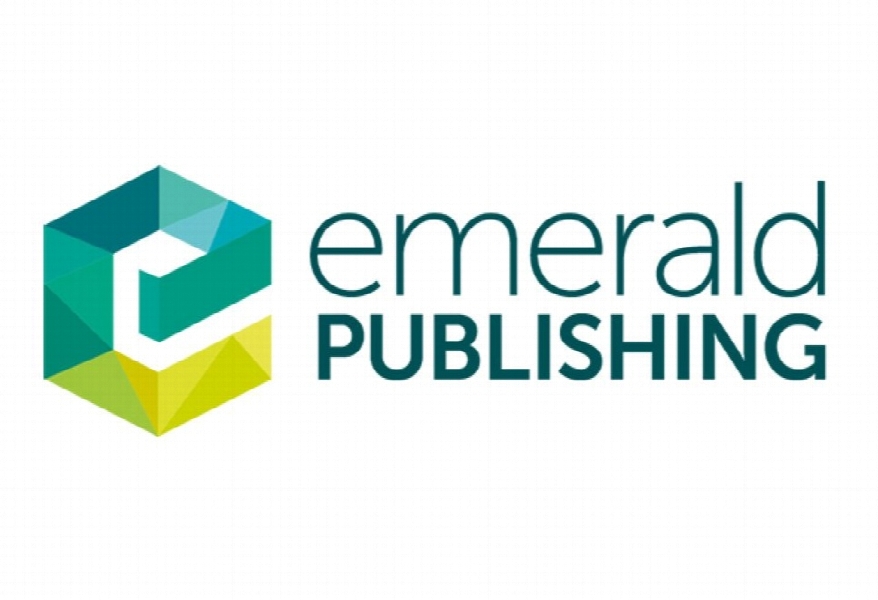انتخاب مطلوب تکنیک های تشخیص نشت آکوستیک برای خطوط لوله آب با استفاده از تجزیه و تحلیل تصمیم گیری چند معیاره Optimal selection of acoustic leak detection techniques for water pipelines using multi-criteria decision analysis
- نوع فایل : کتاب
- زبان : انگلیسی
- ناشر : Emerald
- چاپ و سال / کشور: 2018
توضیحات
رشته های مرتبط محیط زیست، مهندسی عمران، مهندسی صنایع
گرایش های مرتبط مدیریت منابع آب، برنامه ریزی و تحلیل سیستم ها
مجله مدیریت کیفیت محیط زیست: بین المللی – Management of Environmental Quality: An International Journal
دانشگاه Glenn Department of Civil Engineering – Clemson University – USA
منتشر شده در نشریه امرالد
کلمات کلیدی انگلیسی Water sustainability, leak detection, pipeline inspection techniques
گرایش های مرتبط مدیریت منابع آب، برنامه ریزی و تحلیل سیستم ها
مجله مدیریت کیفیت محیط زیست: بین المللی – Management of Environmental Quality: An International Journal
دانشگاه Glenn Department of Civil Engineering – Clemson University – USA
منتشر شده در نشریه امرالد
کلمات کلیدی انگلیسی Water sustainability, leak detection, pipeline inspection techniques
Description
1. INTRODUCTION Domestic and industrial demand for water is increasing rapidly around the world, while the freshwater resources are becoming increasingly scarce. Currently, the water distribution infrastructure is critically deteriorated leading to significant leakage of treated water, making this supply-demand imbalance worse. It is estimated that roughly 7 billion gallons (≈ 15-25%) of treated water is lost per day in the U.S. (ASCE, 2013), and this problem is worse in some developing and under-developed countries (Abdel Khaleq and Dziegielewski, 2006; Thornton et al., 2008). Leakages of such magnitude are not sustainable as water supply (i.e., collection, treatment and distribution of water) is energy-intensive and expensive undertaking (Misra and Malhotra, 2011; Hendrickson and Horvath, 2014). Leaks can also potentially compromise water quality, resulting in contaminant infiltration, leading to health issues (Martini et al., 2015). In an attempt to address this serious problem, numerous leak detection techniques (LDTs), ranging from simple visual inspection to sophisticated acoustics-based ones, have been investigated hitherto. Previous studies reviewed various LDTs and highlighted their specific advantages, limitations and suitability to different application scenarios. While a majority of these studies focused on LDTs in general (Costello et al., 2007; Colombo et al., 2009; Thomson and Wang, 2009; Ahadi and Bakhtiar, 2010; Puust et al., 2010; Liu et al., 2012; Liu and Kleiner; 2012 and 2013; Cataldo et al., 2014; Xu et al., 2014; Deepak et al., 2016; Atef et al., 2016; Abdulshaheed et al., 2017), some specifically focused on acoustics-based techniques (Nestleroth et al., 2012; Hunaidi, 2012; Ismail et al., 2014; Anguiano et al., 2016; Martini et al., 2016). The acousticsbased LDTs (hereafter referred as ALDTs), which are widely used in practice, rely on the premise that a leak induces noise or a vibration signal that travels through the pipe wall or the water column and that this signal can be detected using appropriate sensing equipment. Although ALDTs have worked well in the cases of small to medium-diameter (< 300 mm) metallic pipelines, their suitability to plastic and large-diameter metallic pipelines has been uncertain, owing mainly to the possibility of high signal attenuation rate in these types of pipelines (Hunaidi, 2012). Innovative advancements in the recent past reportedly improved the suitability of ALDTs to plastic and large-diameter metallic pipelines through the passage of sensors inside the pipeline via a tether or by freely swimming (Nestleroth et al., 2012). Although such advancements complement existing techniques, they are still not suitable for all types of pipe materials, geometries, and environments. Furthermore, choosing an appropriate technique from the various conventional and latest technologies under various operating conditions is a challenging task (Deepak et al., 2016). This paper is focused on the review of several ALDTs and their comparison, after taking into account the recent technological developments, based on the following criteria: cost (CC), reliability (CR), ability to determine leak severity (CQ), and pipe access requirements (CA). The criteria employed in the study are those reported to be influential based on the literature review and discussions with water utility experts.


